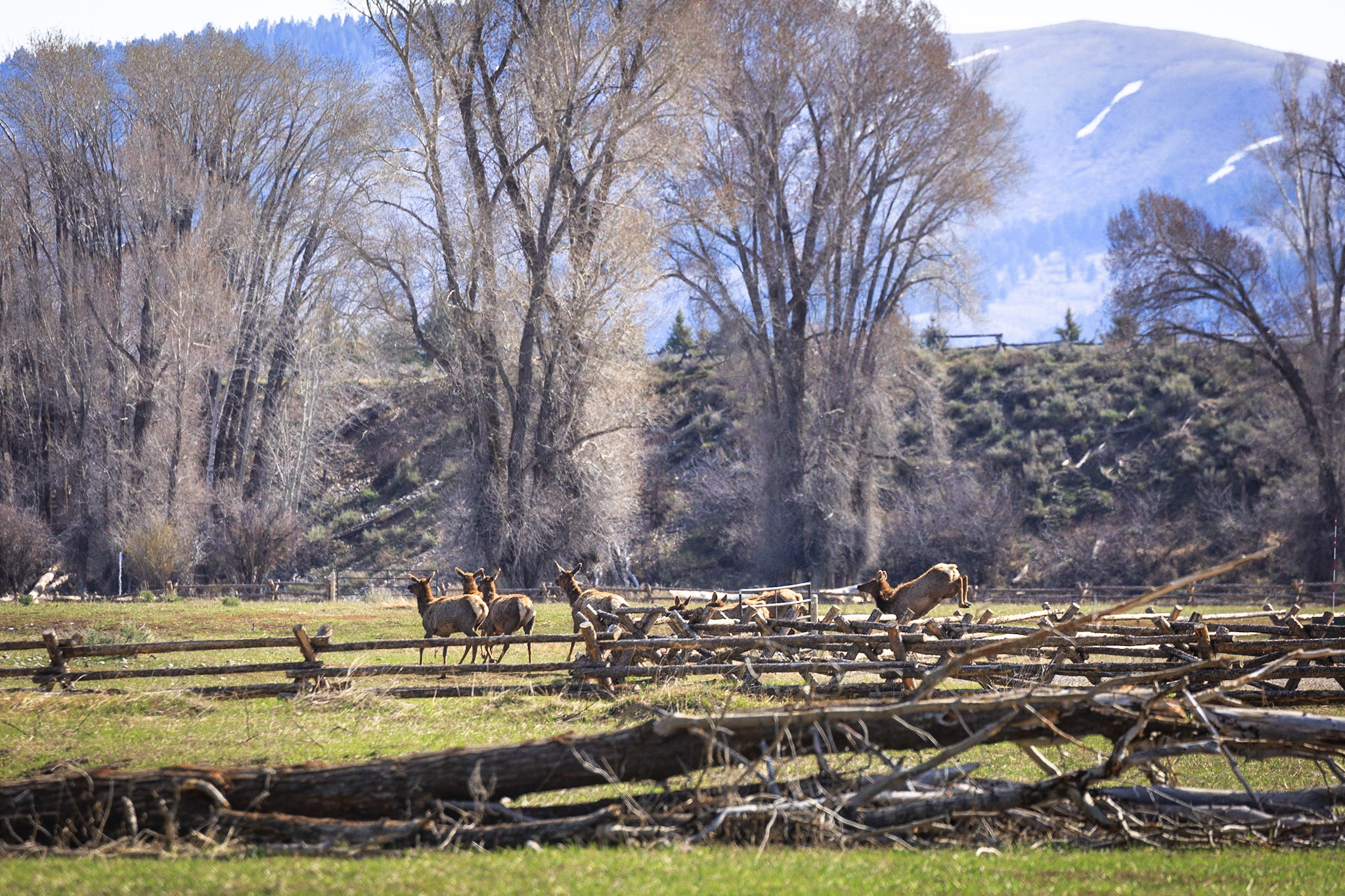Headwaters Worth Protecting

Riparian zones: Wyoming's ecological arteries
The Snake River Corridor is an example of a riparian zone.
Riparian means “near water” and is often used to refer to land surrounding a lake, river, or wetlands.
Due to the presence of water within riparian zones, these areas often serve as “arteries” of an ecosystem and are used by animals to safely traverse the landscape.
Life Giving Waters: Life Giving Habitat
The Snake River Corridor is the largest riparian corridor in the Jackson Hole valley.
As the Snake River flows from its headwaters in southern Yellowstone it delivers nutrients to its floodplains, islands, and gravel bars.
These natural features span the Snake River Corridor and are lined with cottonwood trees, willow, spruce, aspen, Douglas fir.
The resulting patchwork of native vegetation links together valuable sections of habitat providing shelter and forage for moose, birds, elk, beaver and more.
In addition to providing permanent habitat, the corridor serves as a travel network for animals moving into and beyond the boundaries of the Greater Yellowstone Ecosystem.
%
of migratory bird species
Rely on riparian areas in Teton County, mostly along the Snake River.
Wyoming Species of greatest need
Depend on riparian areas for survival.
%
Wyoming land area
Classified as riparian habitat
%
Of species in Wyoming
Depend on riparian habitat for survival
Did you know?
Riparian habitat such as that found within the Snake River Corridor makes up a tiny fraction of Wyoming’s surface area but is disproportionately important for the survival of most species?
River otters are an example of one such species, reliant on clean water and protected river habitat to thrive.
An Expanding Human Footprint
Nearly 85% of Wyoming’s wildlife species rely on riparian habitat. However, riparian zones make up less than 2% of Wyoming’s overall landscape, making protection of areas like the Snake River Corridor critical for wildlife.
Human infrastructure is also closely tied to riparian habitat. Many of our roads, towns and cities are built in proximity to waterways. This inevitably draws humans into conflict with wildlife for resources this rich habitat provides.
Increased stresses from climate change, agriculture, resource extraction and an ever-growing human footprint make protecting the West’s riparian habitat all the more urgent.
Can we learn to coexist responsibly with wildlife in riparian areas?
Do we have the foresight and the will, to safeguard what precious little riparian habitat remains?

